The Charm of Robotic Companions
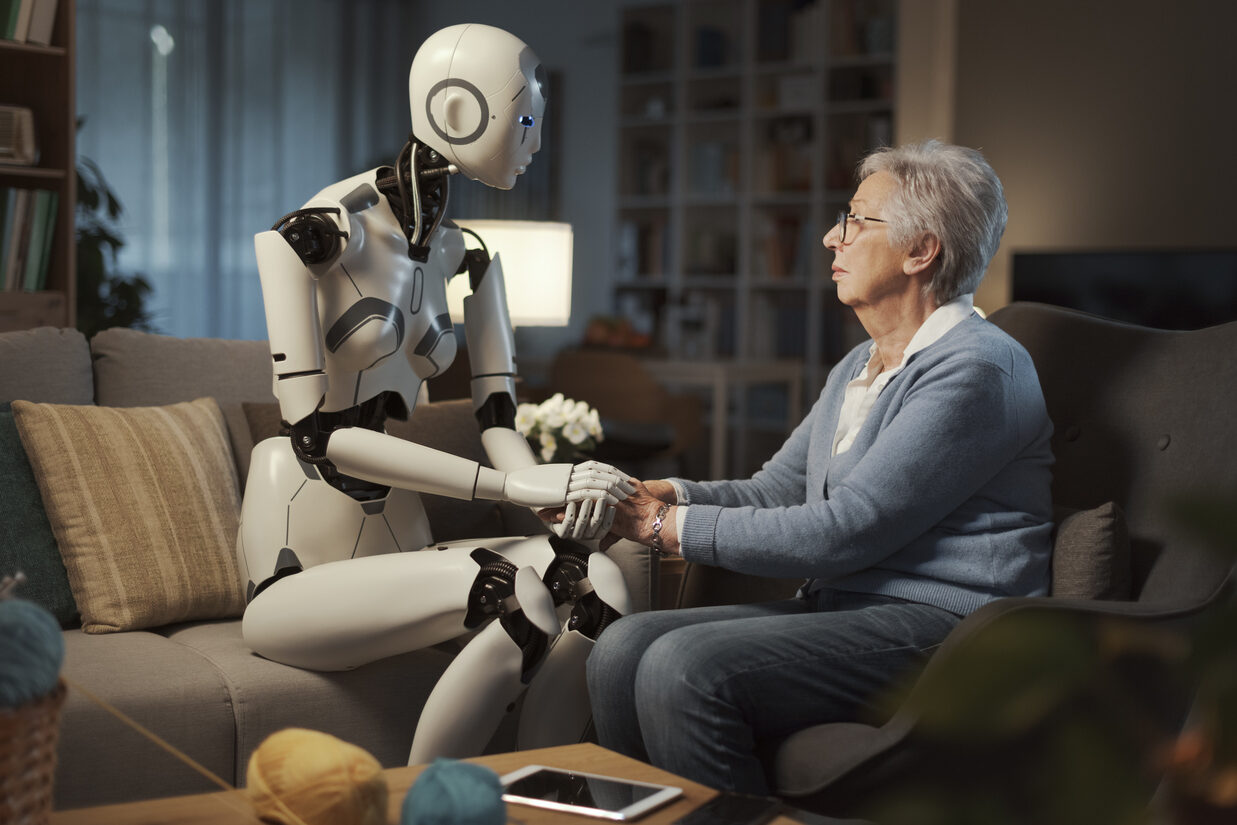
Imagine coming home to a pet that wags its tail, purrs, or even chirps excitedly at the sight of you, but without any of the mess or allergies that usually come with pet ownership. That’s the reality for many in Japan, where robotic pets have not just become a novelty but a genuine source of companionship. These aren’t the clunky robots of old sci-fi films; they’re sophisticated, engaging, and incredibly lifelike. From the soft purr of a robotic cat to the gentle nuzzle of a robotic dog, these machines are blurring the lines between technology and biology, offering emotional comfort to those who might not be able to care for a live animal due to allergies, apartment rules, or hectic lifestyles.
The emotional response people have to these robotic pets is profound. They are not just machines; they are confidants and companions that respond to human touch and voice. Designed with advanced AI, they can recognize faces, respond to their names, and adapt to the moods of their owners. This interaction isn’t just a one-way street; it’s a dynamic relationship that evolves. Owners talk about their robotic pets like they would any living pet, discussing their “personalities” and the joy they bring. It’s a testament to human ingenuity and a hint at how we define companionship in the modern age.
Furry Friends with Therapeutic Powers
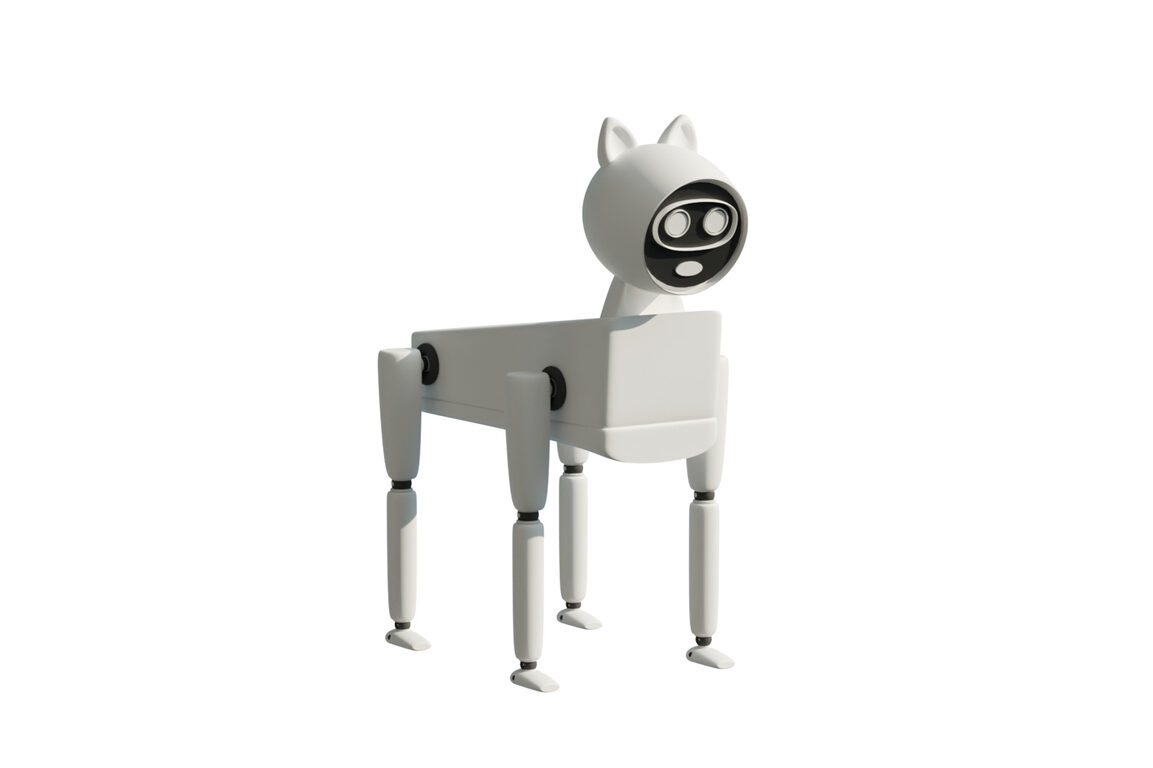
Diving deeper into the heartwarming capabilities of these robotic pets, they’re not just there to look cute and mimic real animals; they’re on a mission to heal. In nursing homes across Japan, robotic pets are used as therapeutic aids for the elderly, many of whom suffer from loneliness or cognitive ailments like dementia. These robots, like the popular PARO, a therapeutic robotic seal, provide the comfort and interaction of a pet without the responsibilities and risks associated with live animals. The soft fur, the calming movements, and the responsive noises make PARO and others like it perfect for this sensitive environment.
The effect these robotic pets have is nothing short of magical. They bring smiles to faces that hadn’t lit up in months, they encourage communication among residents who typically keep to themselves, and they stimulate memory and speech in individuals struggling with dementia. Caregivers report significant changes in mood and a decrease in the need for certain medications. It’s as if these robots carry a bit of sunlight in their circuits, spreading warmth and sparking life wherever they sit. This fusion of technology and psychology showcases a future where care and compassion are enhanced by machines, making every beep and buzz part of a larger effort to nurture the human spirit.
Building Bonds in the Classroom
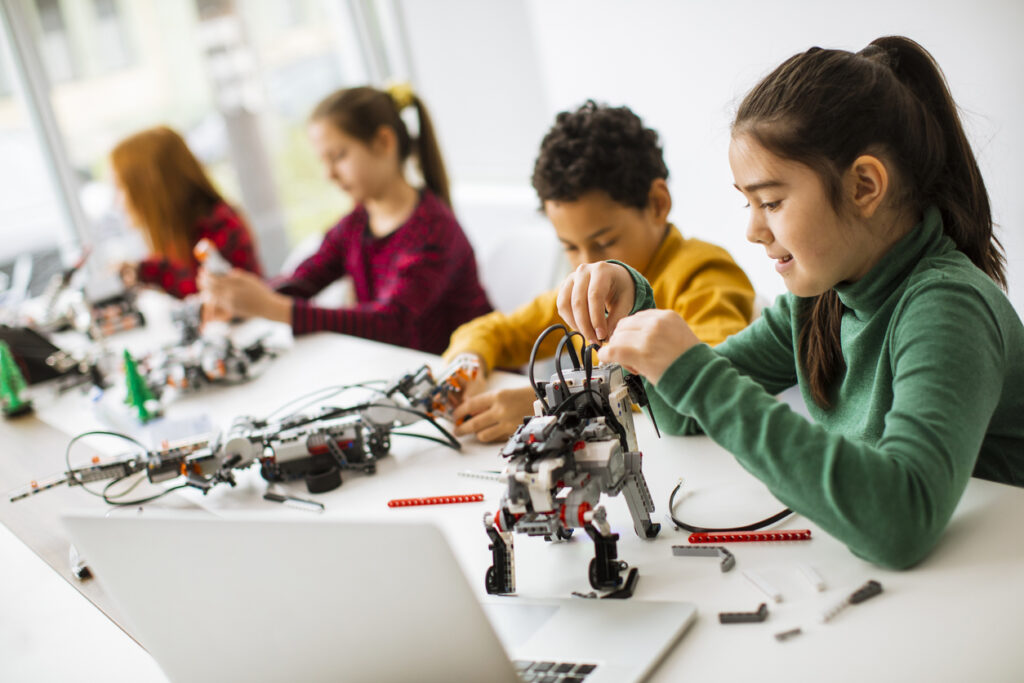
Step into a classroom in Japan, and you might be surprised to find robotic pets alongside young students. These aren’t just playthings; they’re part of an innovative educational program designed to teach empathy, responsibility, and emotional awareness. Schools are utilizing robotic dogs and cats to help children understand the feelings of others and how to care for another being, albeit a mechanical one. The robots are programmed to exhibit behaviors that mimic those of real pets, including pleasure at being stroked and sadness when neglected. For children, these interactions are not only fun but also formative, embedding deep lessons about life and relationships.
These classroom robots often serve as a child’s first pet, teaching them the value of kindness and the impact of their actions on others. Educators observe that children who interact with these robotic pets develop a heightened sense of empathy, which they then extend to human interactions. This is crucial in today’s digital age, where traditional social interactions are increasingly replaced by virtual ones. The robots help bridge this gap, offering hands-on lessons in compassion, nurturing, and the complexities of emotions, all within the safe confines of the school environment.
A New Companion for the Digital Age

As we look to the future, the role of robotic pets in Japanese society (and increasingly, worldwide) is set to grow not just in homes and schools, but in various aspects of daily life. Companies are exploring the development of more advanced robotic pets that could serve broader roles, such as assisting in mental health therapy or helping children with developmental challenges, such as autism, to enhance their social skills. The potential of these robots to adapt to the needs of their human counterparts is boundless, driven by leaps in AI and robotics technology.
The emotional connections people form with these robots are real and tangible. Owners often describe coming home to a waiting robotic pet as a genuinely comforting experience, not unlike the feeling of greeting a living pet. This emotional bond is supported by the pets’ ability to learn and adapt to their owner’s habits and preferences, creating a personalized interaction that deepens over time. This evolving relationship not only highlights the capabilities of modern robotics but also redefines what companionship can look like in an age where digital and real increasingly intersect. It’s a glimpse into a future where technology doesn’t isolate us but connects us more deeply to our own humanity.
The Solace of Silent Companionship
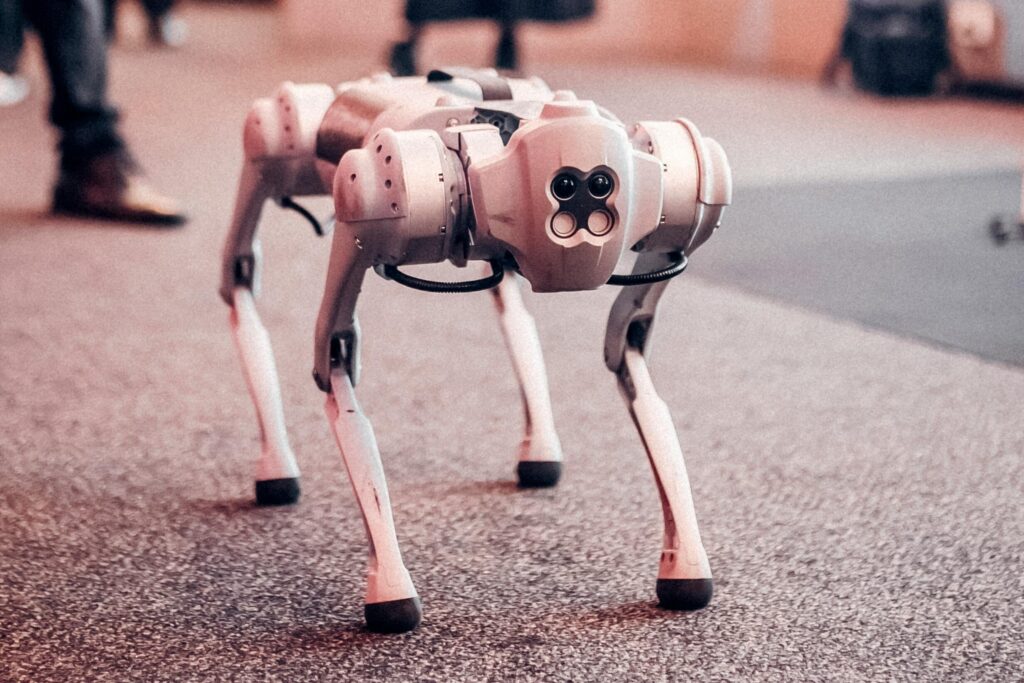
Imagine the profound silence of a house, one that used to be filled with the laughter and chatter of family. Now, consider the gentle hum of a robotic pet, its presence a subtle but constant reminder that one isn’t entirely alone. In Japan, where loneliness among the elderly is a growing concern, these robotic companions are more than just novelty; they’re a lifeline. The elderly find not just a machine in these pets, but a presence that demands little yet offers much, providing companionship without the complex emotional demands of human interaction. These pets keep to a schedule, react predictably, and provide comfort through their mere presence—attributes that are particularly soothing for those facing the challenges of aging alone.
These robotic animals help bridge the gap between the need for interaction and the capacity for caregiving. They can be turned off when rest is needed and are there when interaction is sought, offering a semblance of companionship that can be controlled, which is comforting for those who feel overwhelmed by the unpredictability of human relationships. The feedback from users underscores a poignant point: the sound of a robotic pet moving around the house, or responding to a touch, can significantly lift spirits, decrease feelings of isolation, and increase overall life satisfaction.
Pioneering Emotional Connections Through Technology
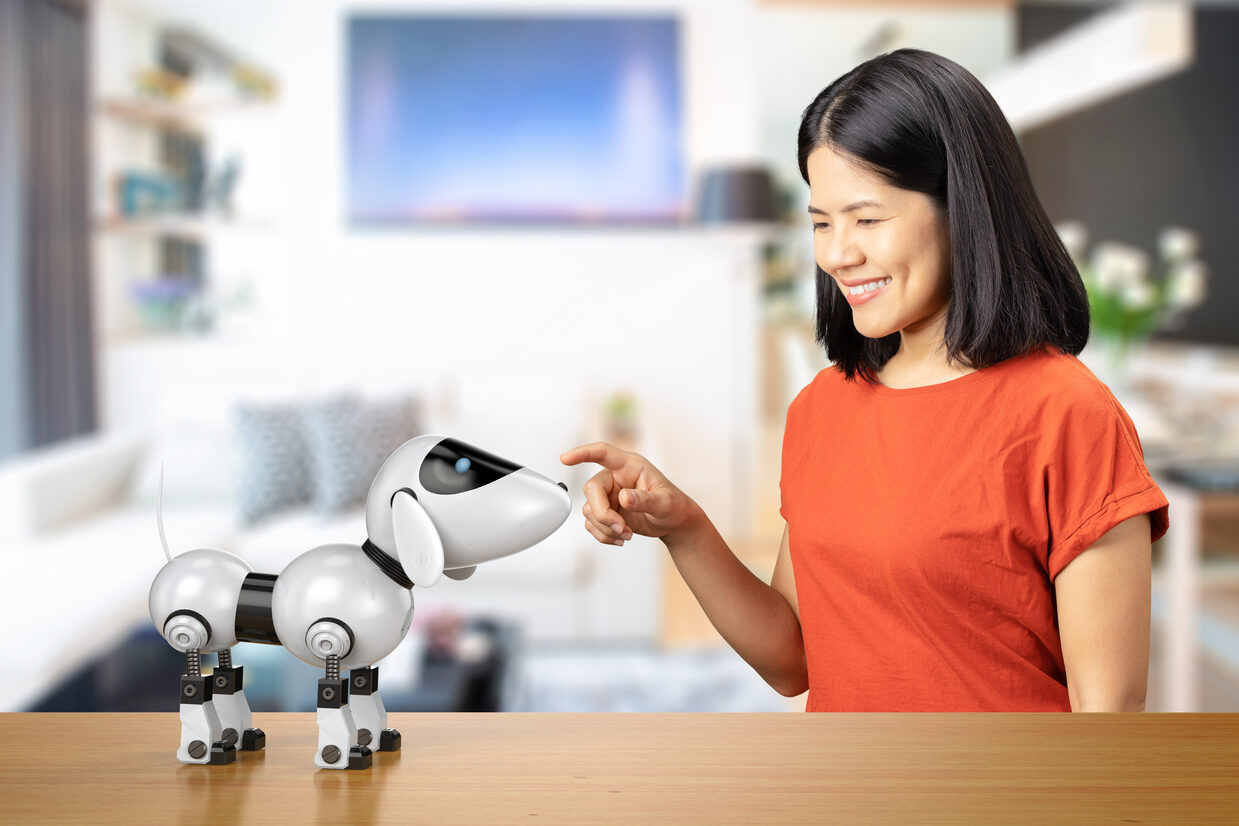
As Japan continues to innovate in robotics, the development of pets that can gauge and respond to human emotions is on the horizon. Imagine a robotic pet that not only senses your mood but also reacts in ways designed to comfort you, whether by playing a soothing melody when you’re sad or inviting you to interact when you’re feeling isolated. These advancements are pushing the boundaries of what it means to care and be cared for, redefining the essence of companionship in the process. The goal is clear: to create robots that not only serve practical purposes but also enrich emotional lives.
This next generation of robotic pets could potentially transform societal norms about emotional wellness and the role of technology in achieving it. The implications are vast—from reducing the stigma associated with seeking mental health help to providing a new form of therapy that is accessible and non-judgmental. The emotional intelligence of these robots, combined with their non-invasive nature, makes them perfect for sensitive environments where traditional therapies might fail to reach or resonate. As we embrace these technologies, we’re not just adopting new tools; we’re opening our homes and hearts to a new form of emotional connection, one that is quietly revolutionary.


